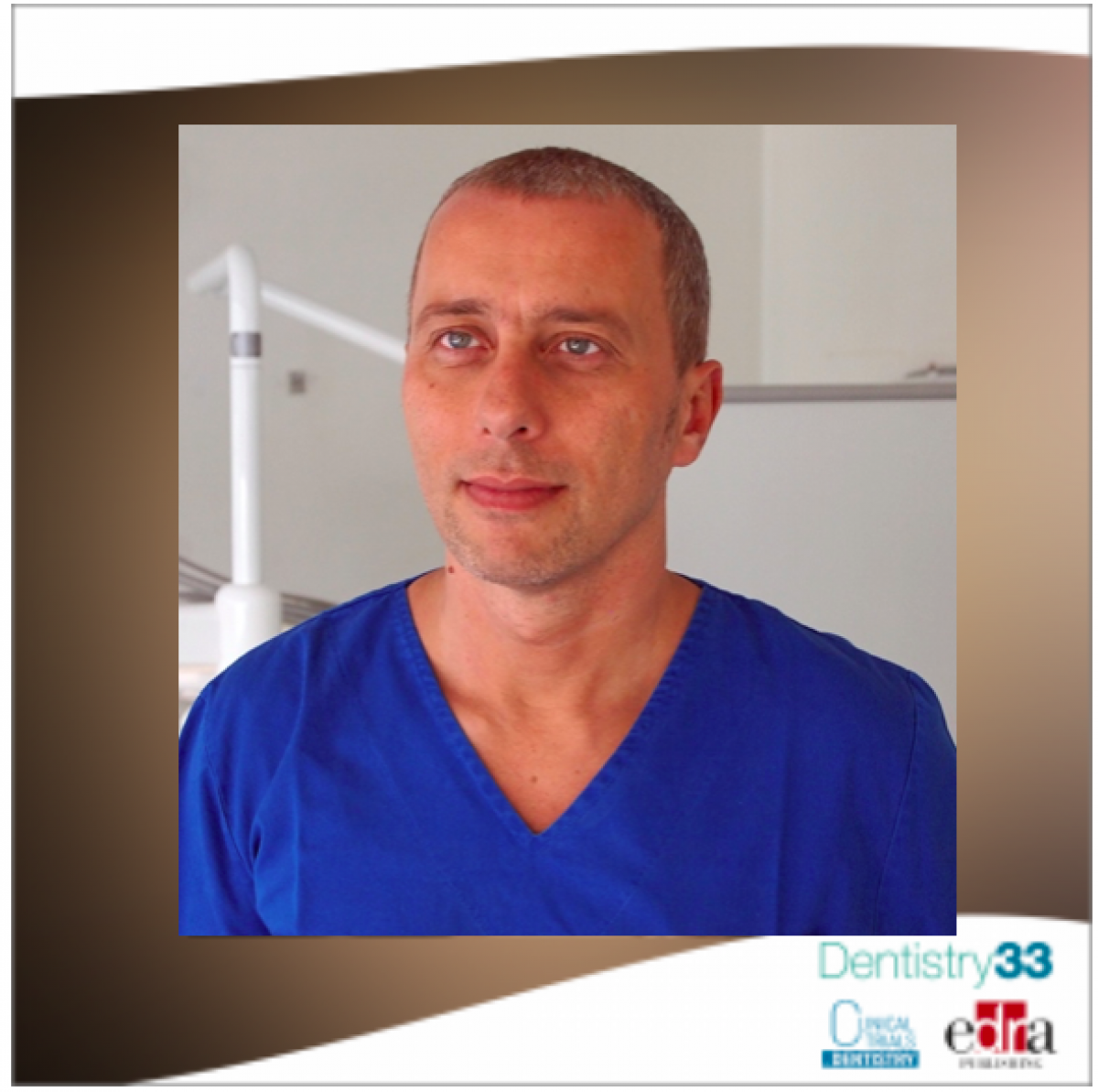
Oral mucosal lesions: when should the dentist worry? - Interview with Prof. Giovanni Lodi
Author: Arianna Bianchi
Squamous cell carcinoma of the head and neck (internationally known as Head and Neck Squamous Cell Carcinoma - HNSCC), and of which mouth cancer accounts for over 90% of diagnostic findings, is still a widely and frequently unknown disease.Despite this, mouth cancer is in reality a rather frequent finding in clinical practice and therefore cannot be considered as a rare disease.
But when should the clinician, and especially the dentist, worry about a lesion affecting the oral mucosa? We asked prof. Giovanni Lodi, Professor at the University of Milan and one of the leading international experts in oral pathology.
“You actually have to worry all the time, until you have diagnostic certainty. The goal, in fact, is always to arrive at a diagnosis ", says Prof. Lodi. By "worry" obviously he does not mean simply the emotional state of anxiety, but more than anything else he refers to all those procedures that must be used to arrive at a diagnosis.
“It is necessary”, he advises, “in the first place, knowing how to ask the right questions to the patient: When did the lesion arise? Has it changed over time? Are there any symptoms? Then, obviously, instrumental or image examinations can be of considerable help ".
There are injuries that may worry more than others: it is the case of injuries that persist over time and that tend to get worse over the course of a few weeks or months. A very important fact on which Lodi emphasizes is that the turnover of the oral mucosa is very rapid, around 14 days.
"There is therefore a rule called '14 days' - he explains - according to which it is possible with good reason to suspect a malignant lesion if after 14 days from the removal of any traumatic factors and / or appropriate therapeutic treatment of the lesion, had significant improvements ".
This is obviously a very simple rule, which is not always followed to the letter. "Injuries that clinically present an aspect indicative of a possible neoplasm - says Professor Lodi - can be immediately subjected to an instrumental investigation, in this case the biopsy, in particular the incisional biopsy which has a purely diagnostic purpose".
Is there only one type of biopsy?
"No, in addition to the incisional biopsy, through which a portion of the lesion is collected and then analyzed by the pathologist, there is also another type of biopsy, the excisional one, which plays a dual role, diagnostic and therapeutic". "This type of biopsy, however, must be performed when it is certain that the correct therapy is surgical excision", explains prof. Praise adding.
"The dentist has a fundamental role in the diagnosis of cancer of the oral cavity. It is therefore essential that the professionals of the oral cavity are adequately trained in this aspect, as they are often the first to intercept any cases of malignancy ". According to Professor Lodi, however, "it is necessary that the dentist, in addition to knowing how to make a diagnosis, must also be able to communicate it and direct the patient in the procedure that he will have to follow later".
But the diagnosis of a malignant lesion is not the only role that belongs to the dentist.
"Once the therapies necessary to resolve the case have been completed, the specialists of the oral cavity (dentists but also dental hygienists) in fact play an important role in relation to maintaining health - and therefore the quality of life - of the subjects who were treated for head and neck neoplasms "
"It is therefore of fundamental importance - he concludes - continuous training and updating, because the dentist must not only deal with the dental elements but also with everything around them".
 Related articles
Related articles
Oral Hygiene & Prevention 18 September 2025
Oral mucosal lesions and oral hygiene habits in the home‐living elderly
A large epidemiological health investigation, the Helsinki Ageing Study (HAS), was performed in 1989–1991 in Helsinki, Finland.
Oral pathology 04 September 2025
The classic dental diseases, caries and periodontal disease, are commonly thought to have little effect on systemic health.
Oral pathology 23 June 2025
rtificial intelligence (AI) has rapidly advanced in healthcare and dental education, significantly impacting diagnostic processes, treatment planning, and academic training.
Oral pathology 07 May 2025
Antibacterial Effect of Juglans Regia Bark against Oral Pathologic Bacteria
In this study antimicrobial effect of ethanolic and aqueous extracts of Juglans regia bark in Iran was evaluated on four different oral bacteria, Streptococcus mutans, Streptococcus salivarius,...
 Read more
Read more
Editorials 10 October 2025
With proud smiles and crisp white coats, ninety-three learners from the DDS Class of 2029 and the International Dentist Pathway Class of 2028 marked the start of their dental careers at the UCSF...
Periodontology 10 October 2025
Continuous professional development (CPD) in Periodontology refers to the overall framework of opportunities that facilitate a life-long learning practice, driven by the learner-practitioner and...
TheraBreath, the #1 alcohol-free mouthwash brand in the U.S.*, has introduced a new line of dentist-formulated, clinically tested toothpastes designed to support professional oral care...
News 10 October 2025
New officers and trustees were installed at the Minnesota Dental Association’s Leadership Conference on September 19 in Minneapolis.
News 10 October 2025
Smartee Denti-Technology today announced that Professor Gang Shen, its Chief Scientist and Executive President of TaiKang ByBo Dental, has once again been named to the World’s Top 2% Scientists...















